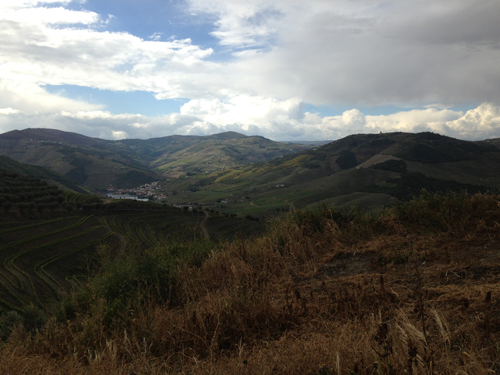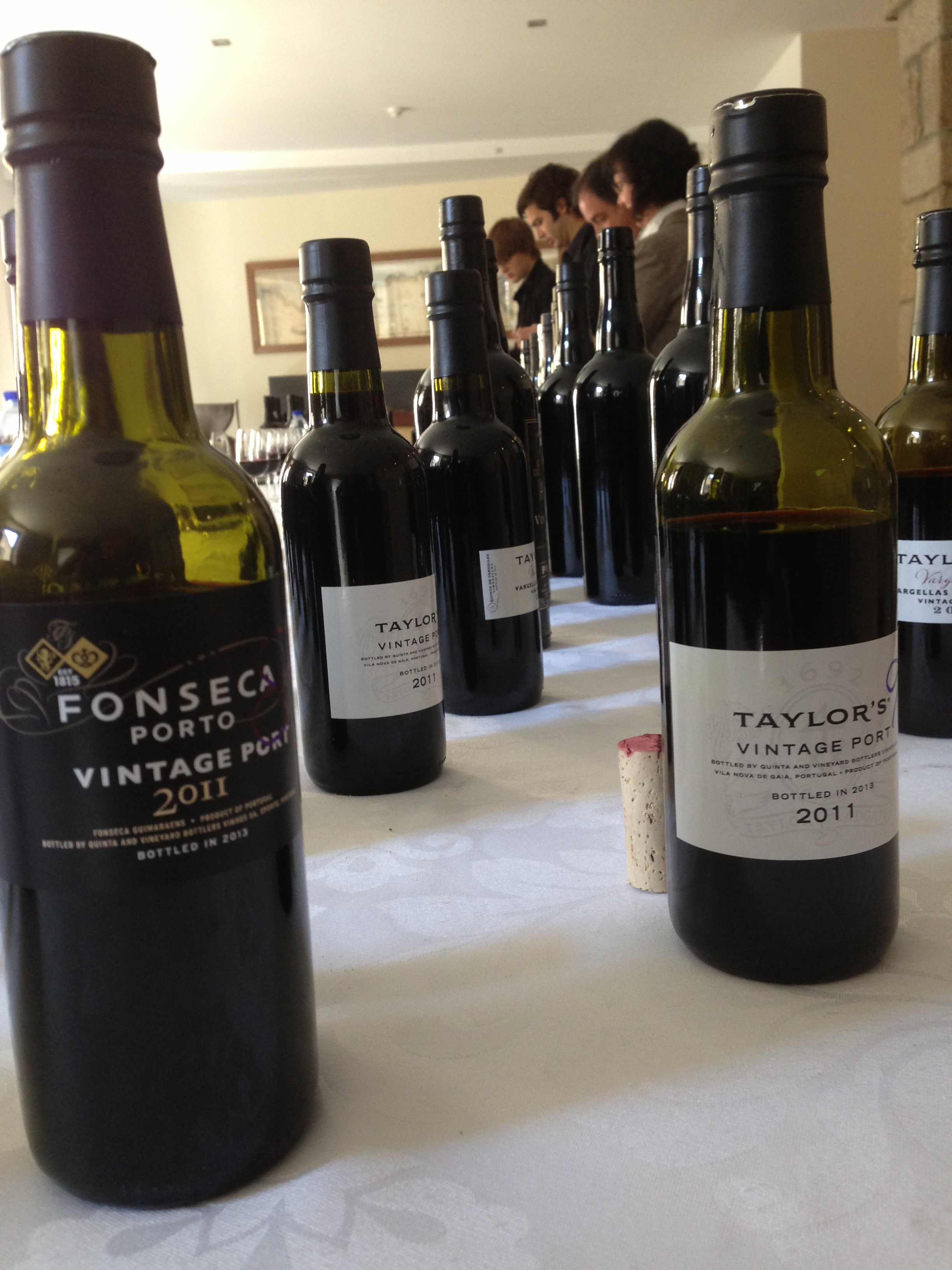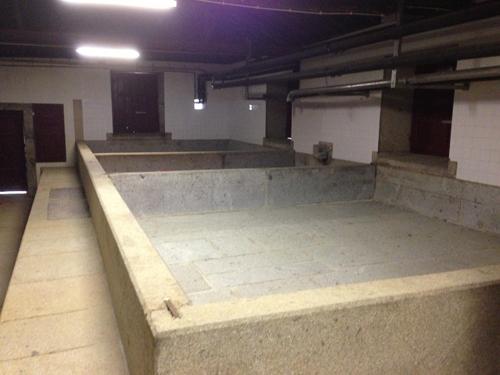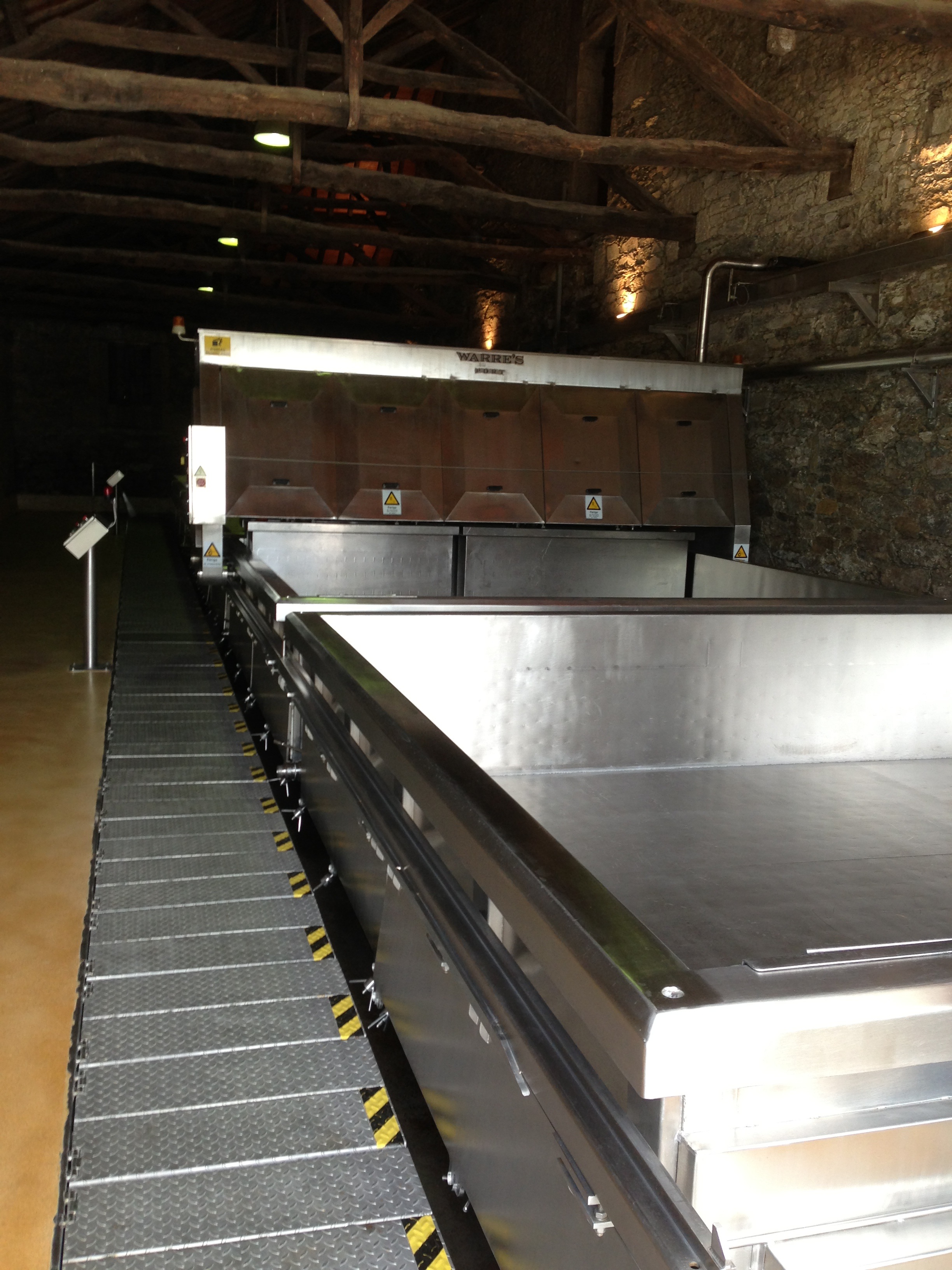Tasting Report: 20 Exceptional 2011 Vintage Ports For Your Cellar
 The newest vintage Port on the market, 2011, is the best since the legendary 1994, and perhaps even better. The top young Ports from this vintage show a purity of fruit and superb structure of tannins and acidity. It's this sensational balance that makes them extraordinary.
The newest vintage Port on the market, 2011, is the best since the legendary 1994, and perhaps even better. The top young Ports from this vintage show a purity of fruit and superb structure of tannins and acidity. It's this sensational balance that makes them extraordinary.
I went to Oporto, Portugal, last week, and blind tasted almost 50 samples of 2011 vintage Port. All the samples were approved by the IVDP, Instituto dos Vinhos do Douro e Porto, the government organization controlling Port production. The tasting was held at the offices of the AVEP, Associação das Empresas de Vinho do Porto, a Port shippers association. It's the first major Port declaration after 2007, meaning every top name in the business produced a vintage Port.

"We think that our 2011s could definitely better our 1994s," said Christian Seely, the head of Quinta do Noval. His 2011 Quinto do Noval Nacional was the best wine of my tasting – a perfect 100 points. This is the same score I gave the Noval Nacional 1994 when it was first released. Nacional is a Port with a tiny production of 220 cases from ungrafted vines on the Noval estate.
As I wrote a few weeks ago in a sneak preview, I think back to the young vintages I tasted over my more than 30 years as a wine critic and in the book I wrote in 1989 called "Vintage Port." The 2011 vintage makes me think of some of the great classics such as 1966 and 1977, and the wines are much better than when I tasted them from barrel. Some of the wines below have that green, stemmy character with polished yet chewy tannins that great Port blenders always looked for in legendary years such as 1947 and 1927.
Every Port shipper I spoke to seemed to have the same ideas about the vintage. "The 2011 has the prominent fruit of a year like 1985, but is backed by the tannic structure of a 1994," said Johnny Graham of Churchill. "I never knew the 1966 as a young wine in a professional way, but having tasted at least Graham's many times in the past, I would say that the 2011 has all the characteristics of the 1966."
 The vintage Port 1996s are still drinking wonderfully today. They are fresh, fruity and refined with the firm tannins finally totally resolved in the wines. I used to say that the 1966s were much more tannic to drink than the great 1963s, but they are now coming into harmony.
The vintage Port 1996s are still drinking wonderfully today. They are fresh, fruity and refined with the firm tannins finally totally resolved in the wines. I used to say that the 1966s were much more tannic to drink than the great 1963s, but they are now coming into harmony.
I would also add that it would perhaps be better to call the 2011 a modern rendition of 1966, since the modern winemaking methods behind today's vintage Ports are so different and more effective. Even the spirit used for the fortification is superior and of cleaner quality.
Finer vineyard plantings, viticulture and harvesting techniques have improved the grape, and thus, the vintage Ports. Moreover, innovations in the fermentation process, namely mechanized lagares – the shallow open square vats which have involved foot-treading for hundreds of years – have undoubtedly offered new methods to improve the wines. I have noted in this report's tasting notes which top ports were foot trodden and which were mechanically trodden. The jury is still out which is best.

"There are so many reasons why today's vintage Ports are of such better quality," argued Adrian Bridge, head of Taylor, Fladgate & Yeatman, which includes Taylor Fladgate, Fonseca and Croft. "The purity of the fruit today is incomparable to the past."
Perhaps this is why these young vintage Ports are so much more approachable than before? I drank a glass of the superb 2011 Niepoort vintage Port with a small piece of sautéed steak and it was delicious. I think that best 2011 vintage Ports will peak with at least 10 to 15 years in bottle. But I can't blame anyone who would want to try one now. They really do have such amazing fruit.
"These young Ports are so good to drink now," gushed Dirk van der Niepoort, the small Port producer who has been making great Ports under his family's name for centuries. "But they have the stuffing to improve with age for a very long time."
Equally amazing are the prices. Most of the very best 2011s are selling now for not much more than $60 a bottle in bond from London wine merchants. Many are only $50 to $40. United States prices are higher due to import duties, taxes and margins, but vintage Ports such as Taylor Fladgate and Fonseca at $105 a bottle seem incredibly reasonable.
This makes vintage Port 2011 currently one of the best buys in young fine wine in the world, and it has the pedigree and longevity that very few other wines can equal.
Click here for a PDF of all 2011 vintage Ports tasted, and please use the search engine in the top right-hand corner for full tasting notes of those not listed below.